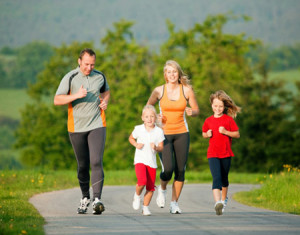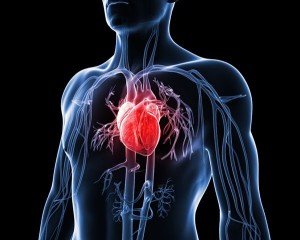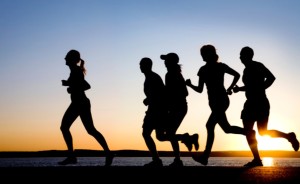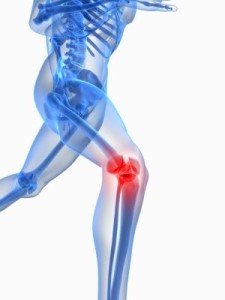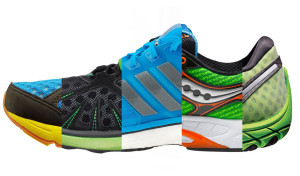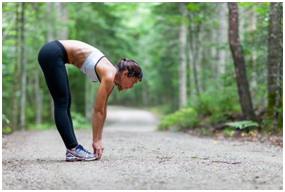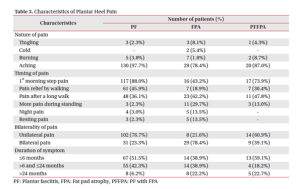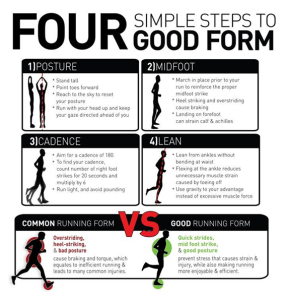Prevention of hypothermia and preparation for cold season events
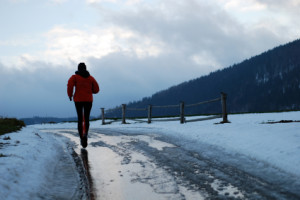
Planning for mass-participation endurance events should include preparation for the treatment of hypothermic patients. This is true even when the event will be held in moderate conditions ( T < 28 ‘C or 82.4 ‘F ), and it is particularly important when participation seems likely. Equipments, supplies, and personnel requirements vary based on the type of event , anticipated weather conditions, and event duration, but several factors merit universal considerations:
- Warm fluids for oral and iv hydration should be available at all aid stations. Iv bag warmers or microwave ovens should be present to ensure the fluids can be warmed for late completions.
- Low temperature thermometers, preferably tympanic, should be available to treatment personnel.
- A warm , dry changing area should be established at the finish area to allow the athletes to recover from the events and escape further environmental heat losses.
- Readily accessible, appropriate transportation to a treatment facility capable of supporting active internal rewarming ( peritoneal lavage, cardiopulmonary bypass) should be on standby. The transporting vehicles must be outfitted for capability to monitor the patient’s cardiac status and provide heated iv hydration and inhalation therapy.

